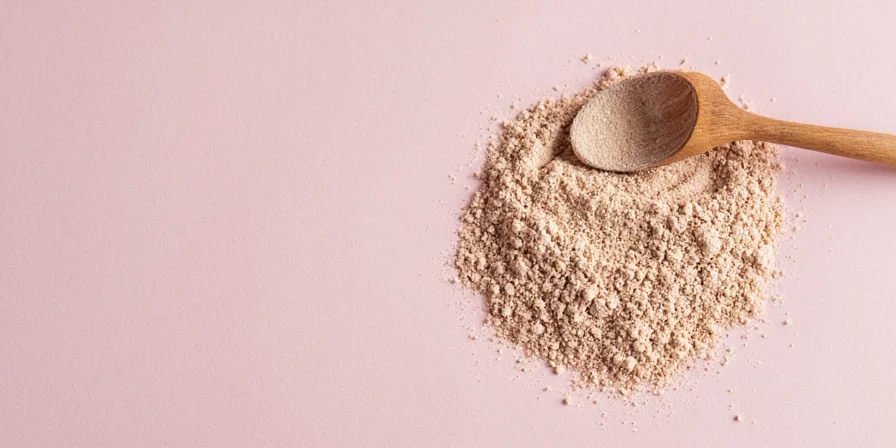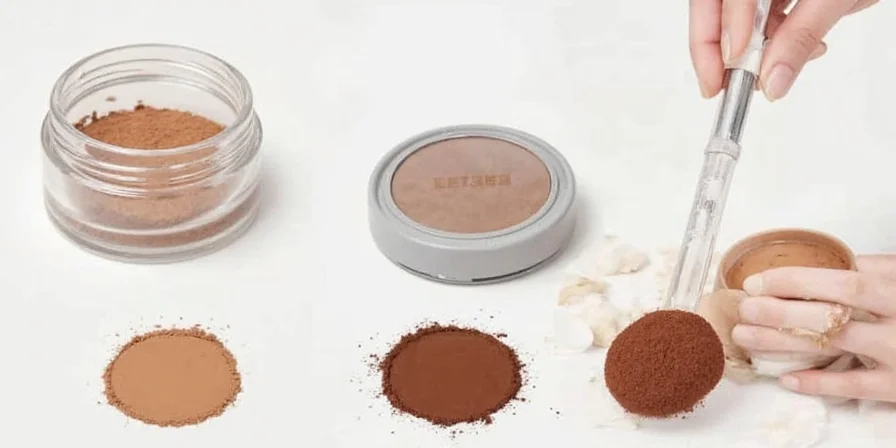File powder is a traditional thickening agent made from dried and ground sassafras tree leaves (Sassafras albidum), primarily used in Louisiana cooking to add earthy flavor and velvety texture to gumbo. Unlike cornstarch or roux, file powder activates when cooled, creating a unique silky consistency that defines authentic Creole and Cajun cuisine while preserving Indigenous culinary heritage.
Understanding file powder begins with recognizing its dual purpose: it serves as both a thickener and flavor enhancer with distinct advantages over modern alternatives. This guide cuts through common misconceptions to deliver precisely what you need to know about file powder usage, safety, and cultural significance—starting with immediate, actionable answers to your most pressing questions.
File Powder Essentials: What You Need to Know Immediately
- What it is: 100% dried sassafras tree leaves (Sassafras albidum), ground into powder
- Primary use: Thickening agent added at the end of cooking for gumbo and stews
- Key advantage: Creates velvety texture without altering cooking process (unlike roux)
- Safety note: Contains 2-4% safrole (well below FDA concern threshold of 0.1% for isolated compounds)
- Pro tip: Always add off-heat below 160°F (71°C) to prevent stringiness
- Storage: Freeze in amber glass for up to 18 months to preserve flavor compounds
Composition and Authenticity Factors
The ingredient list for authentic file powder is remarkably simple:
- 100% dried sassafras foliage, mechanically milled into fine powder
Commercial versions may contain anti-caking agents, but traditional preparations use nothing but pure leaves. Quality varies based on harvest timing and regional growing conditions—spring leaves yield brighter citrus notes, while autumn harvests produce deeper, woodier profiles. This natural variability explains why artisanal file powders often outperform mass-produced alternatives.
Flavor Chemistry Explained
File powder's distinctive profile comes from these key compounds:
- Safrole – Provides signature aroma (naturally occurring at safe levels)
- Eugenol – Contributes clove-like warmth
- Camphor – Adds subtle cooling effect
- Myristicin – Creates peppery undertones
Thickener Comparison: When to Choose File Powder
| Thickener | Main Ingredient | Flavor Impact | Best Application | Texture Result |
|---|---|---|---|---|
| File Powder | Dried sassafras leaves | Earthy, herbal, mild citrus | Final addition to gumbo/stews | Velvety, light gel (cools to thicken) |
| Roux | Butter + flour | Nutty, toasted | Base for sauces/gumbo | Rich, silky (thickens while cooking) |
| Cornstarch | Starch from corn | Neutral | Gravies, desserts | Glossy, smooth (breaks down if boiled) |
| Okra | Mucilage from pods | Vegetal, mild bitterness | During cooking in gumbo | Slippery texture (thickens while cooking) |





How to Use File Powder Correctly: Professional Protocol
Professional kitchens follow these precise steps for optimal results:
Temperature Control Is Critical
Adding file above 160°F (71°C) causes rapid mucilage breakdown, resulting in stringiness. Proper technique:
- Remove pot from heat source
- Cool liquid to 160°F or below
- Stir in powder gradually
- Cover and rest for 3 minutes
Dosage Guidelines
Start with 1/4 teaspoon per serving. File's potency intensifies during storage—aged powder requires 30% less quantity than freshly milled versions. Never exceed 1 teaspoon per quart of liquid to avoid bitterness.
Safety Facts: Addressing Common Concerns
Clearing up persistent misconceptions with regulatory facts:
"Is file powder safe to eat?"
Yes, file powder is completely safe for culinary use. Whole-leaf file contains only 2-4% safrole—well below FDA's 0.1% threshold for concern. The restriction applies only to isolated safrole extraction, not whole spice usage.
"Is file powder banned?"
No, file powder remains federally legal nationwide. Some states restrict commercial sassafras tree harvesting to protect native populations, but processed powder faces no restrictions.
Practical Applications Beyond Traditional Gumbo
Chefs use file powder in these innovative ways:
- Cold preparations: Thickens chilled soups and vinaigrettes where cornstarch would clump
- Double thickening: Combined with okra for layered texture (okra during cooking, file at finish)
- Modernist cuisine: Infused into panna cotta for earthy contrast to sweet components
- Cocktail innovation: Creates silky texture in non-alcoholic shrubs and craft sodas
- Vegan cooking: Mimics bone broth mouthfeel in plant-based stocks
Frequently Asked Questions
| Question | Direct Answer |
|---|---|
| Can I substitute file powder in gumbo? | Only for historical accuracy—file creates unique texture impossible to replicate. Okra provides viscosity but different flavor; roux offers richness but requires different technique. |
| Does file powder expire? | Flavor degrades after 8 months. Properly stored (frozen, vacuum-sealed), it remains potent for 18 months. Discard if aroma disappears. |
| Is homemade file powder safe? | Only if harvested from Sassafras albidum (eastern US). Avoid Sassafras tzumu (Asian variety) which contains higher safrole concentrations. |
| Why do some gumbo recipes use both file and okra? | This "double thickening" technique creates layered texture: okra provides initial viscosity during cooking, file adds final silkiness without stringiness. |
| Can file powder thicken cold dishes? | Yes—its mucilage activates in cool liquids. Ideal for chilled soups and vinaigrettes where cornstarch would clump. |
Storage and Freshness Testing
Maximize effectiveness with these practical methods:
- Store in amber glass containers to block light degradation
- Freeze for long-term storage (preserves volatile compounds)
- Test freshness: Rub between fingers—fresh powder emits pine-citrus aroma; stale versions smell musty
- Reconstitute aged powder: Mix 1:1 with cold water, let sit 5 minutes before use
Cultural Context: Why It Matters
File powder represents one of North America's oldest continuous culinary traditions. Choctaw and Houma tribes originally used sassafras as a medicinal poultice and survival food thickener. French settlers adopted the technique in the 1700s, creating the first documented file gumbo recipes by 1803. This cultural fusion makes file powder a living artifact of Indigenous knowledge preservation—a dimension often overlooked in cooking guides but essential to understanding its proper use.











 浙公网安备
33010002000092号
浙公网安备
33010002000092号 浙B2-20120091-4
浙B2-20120091-4